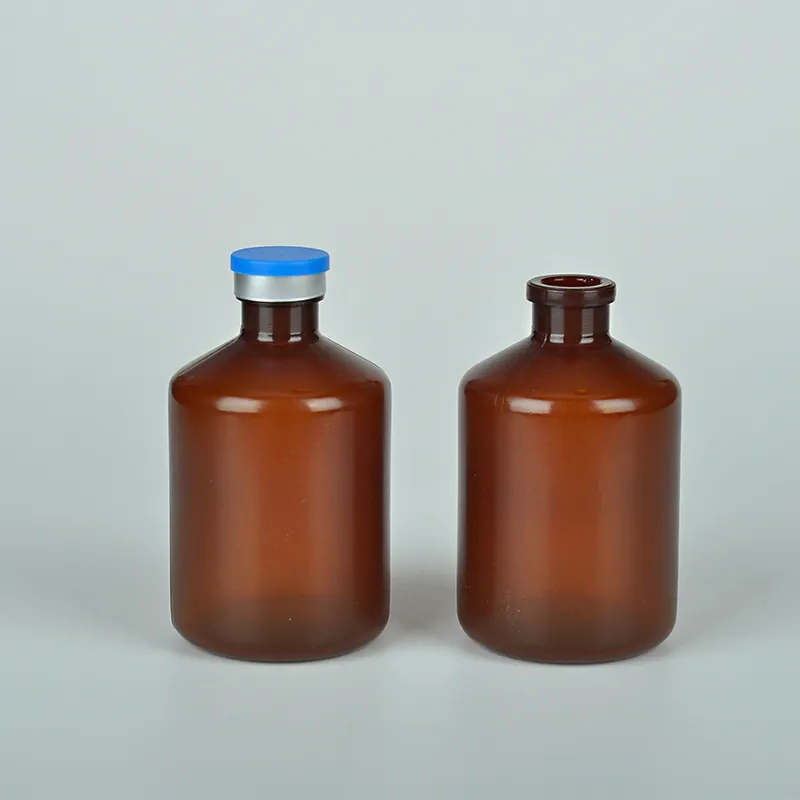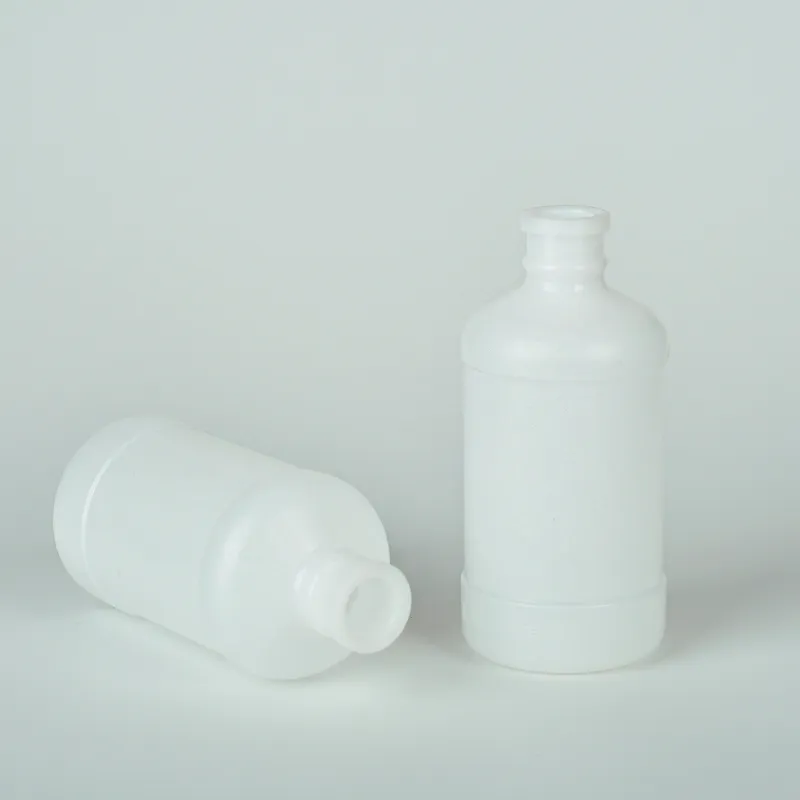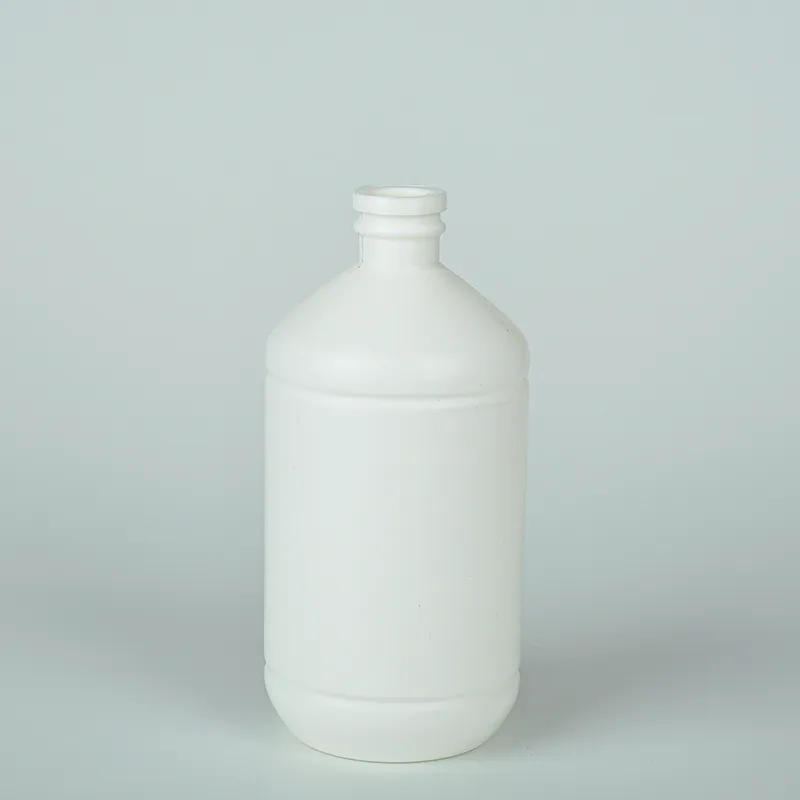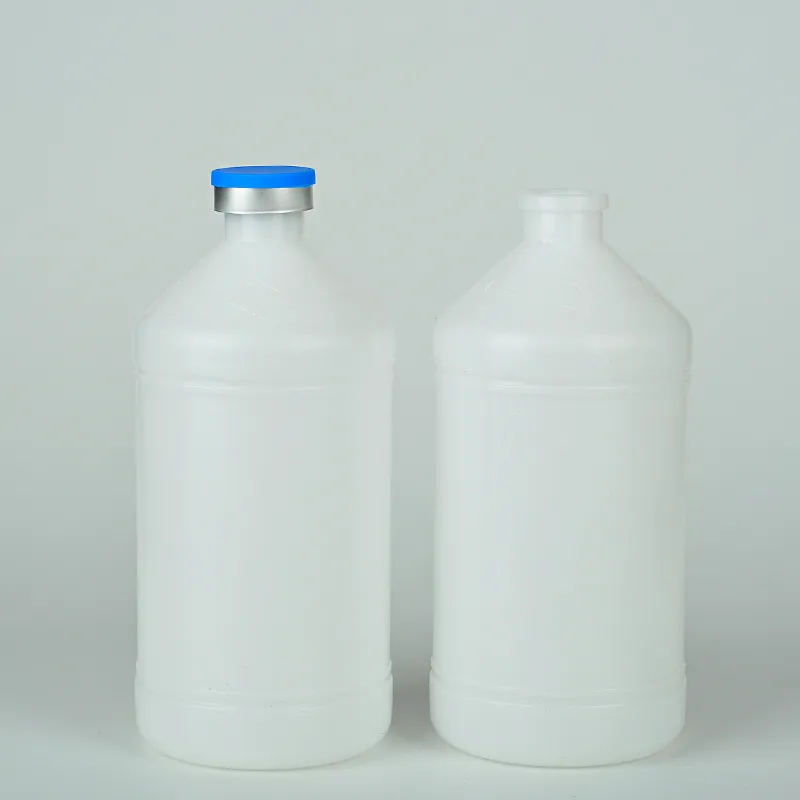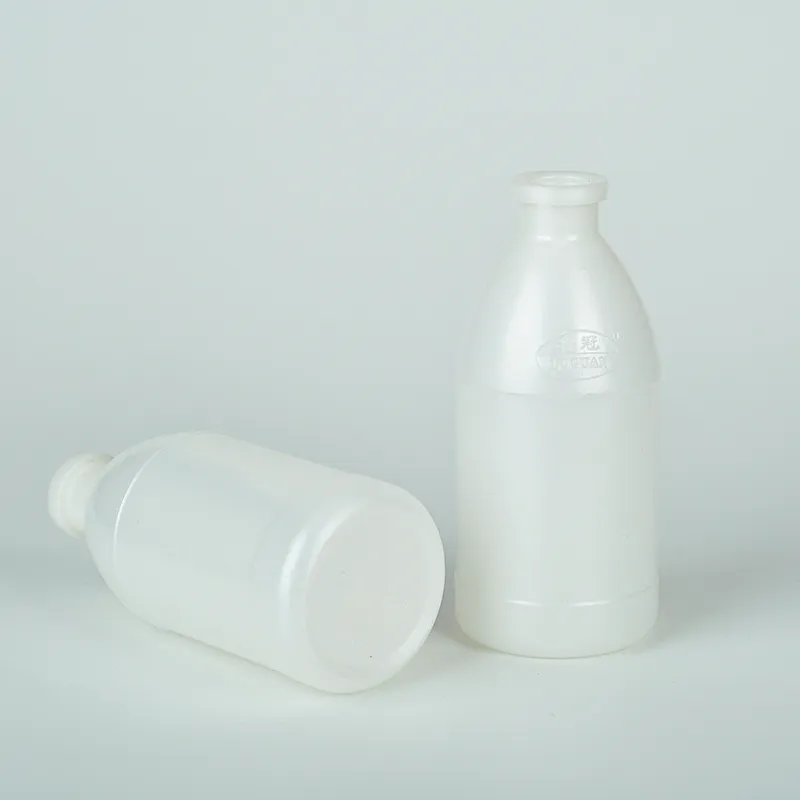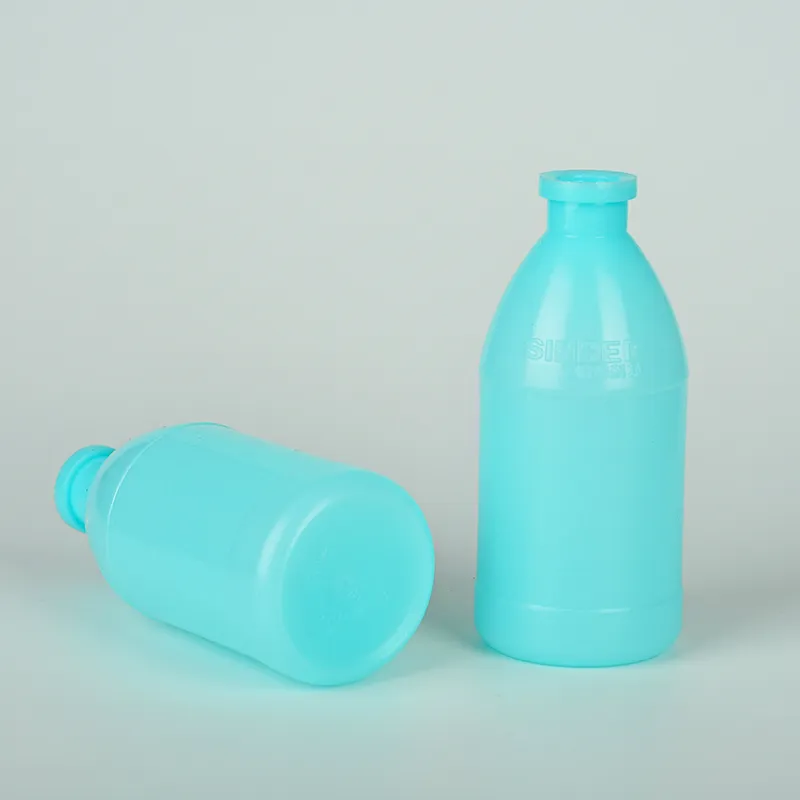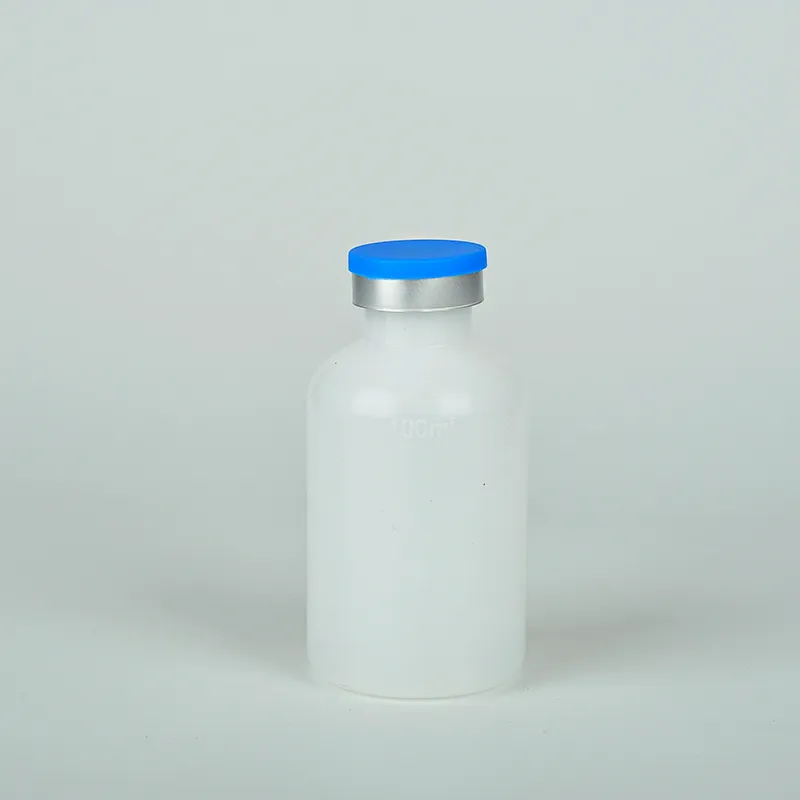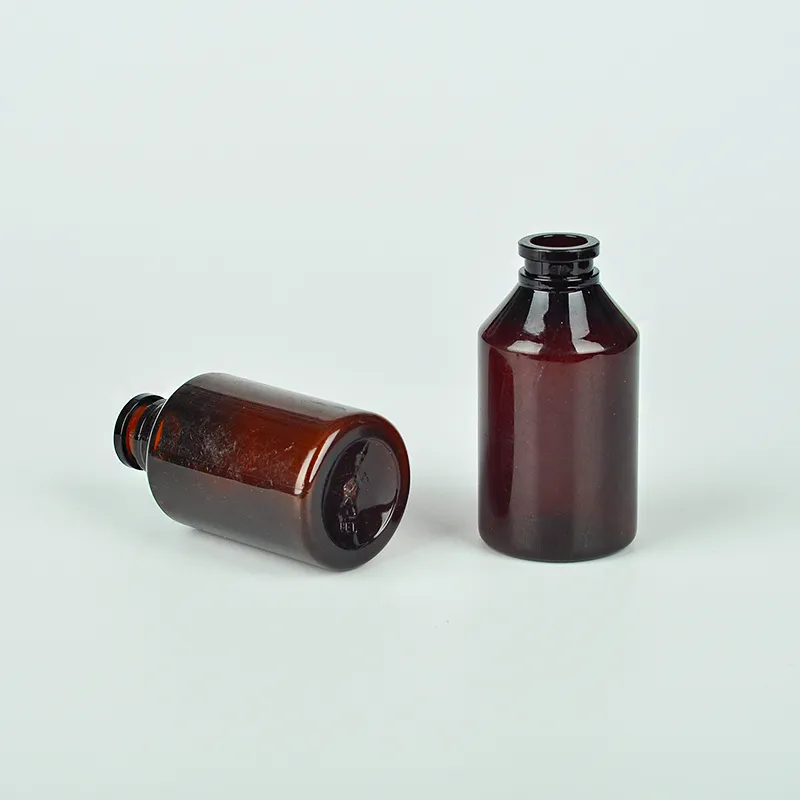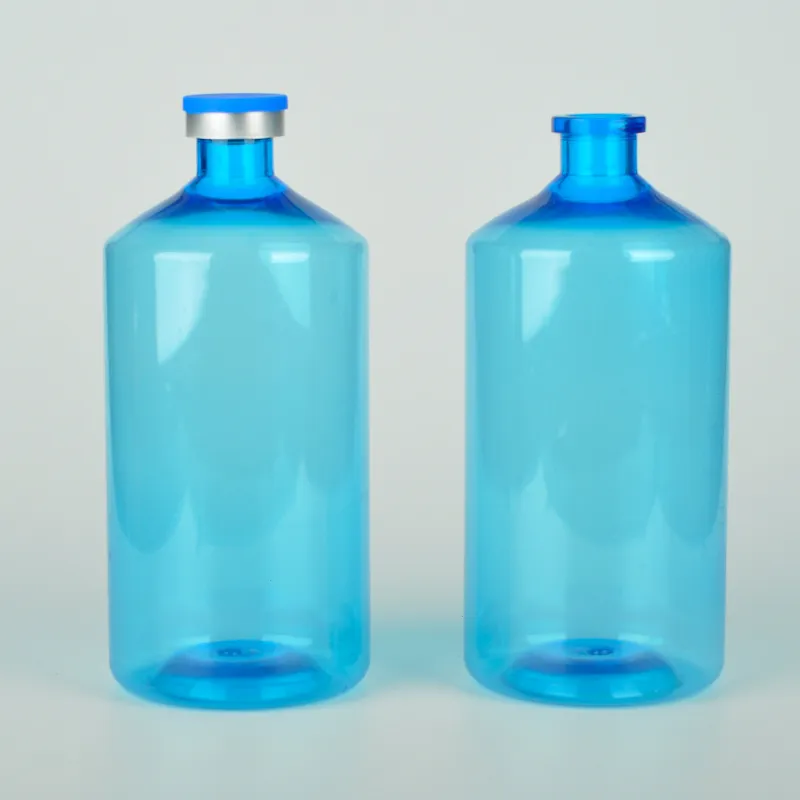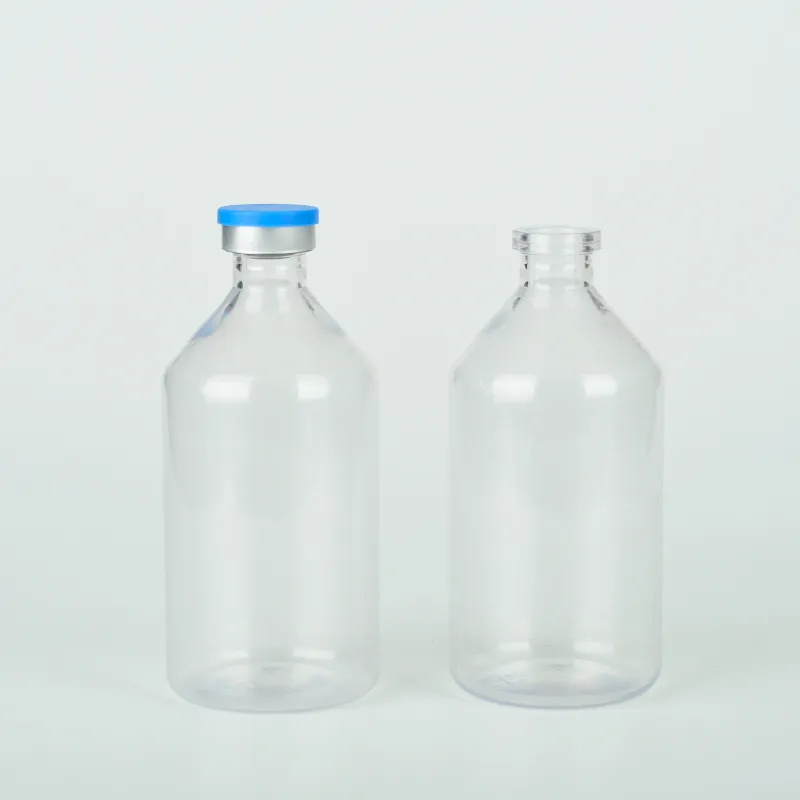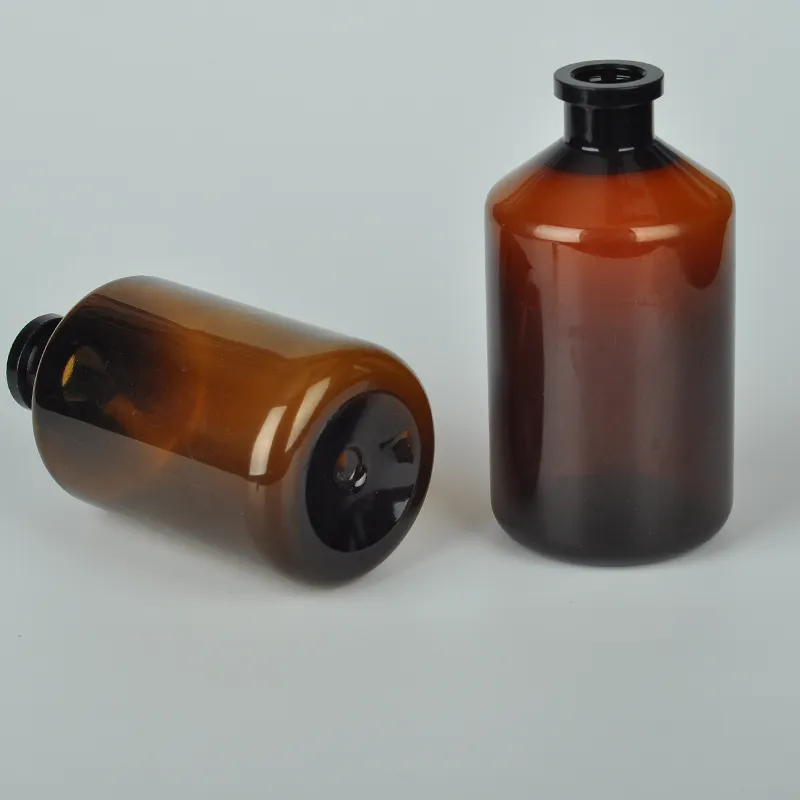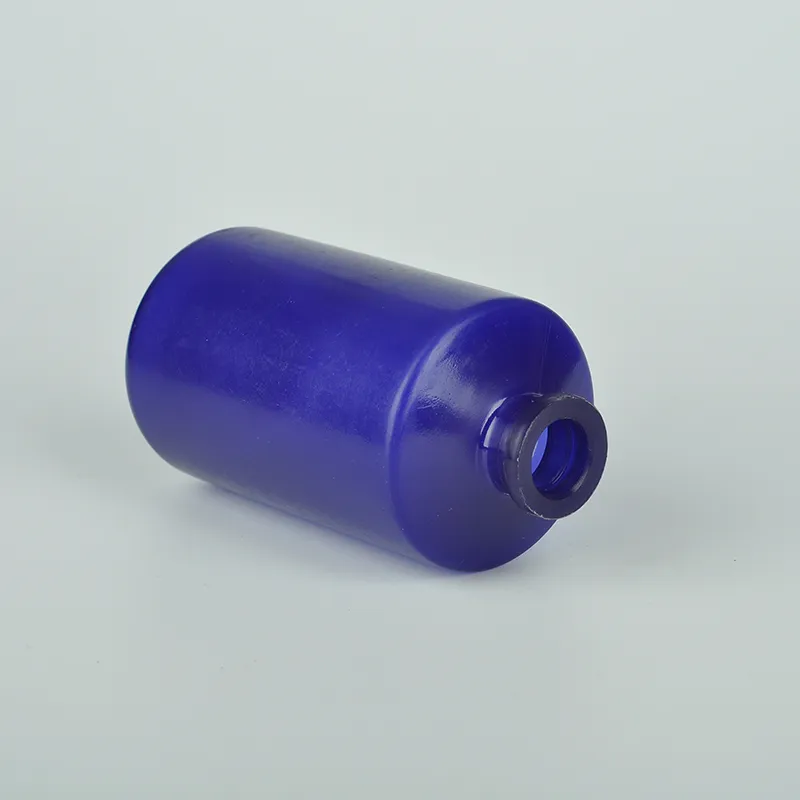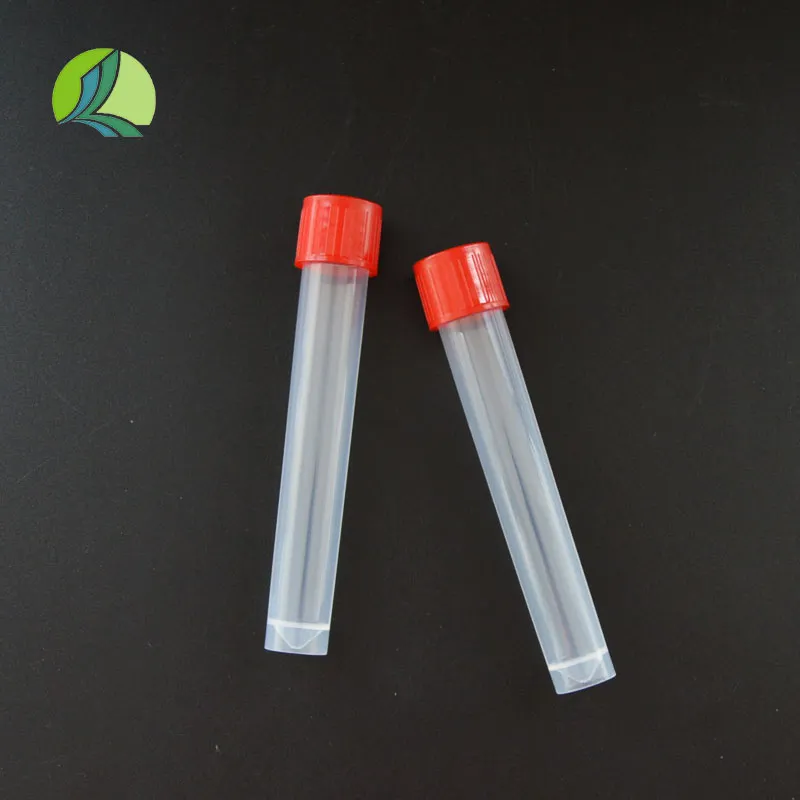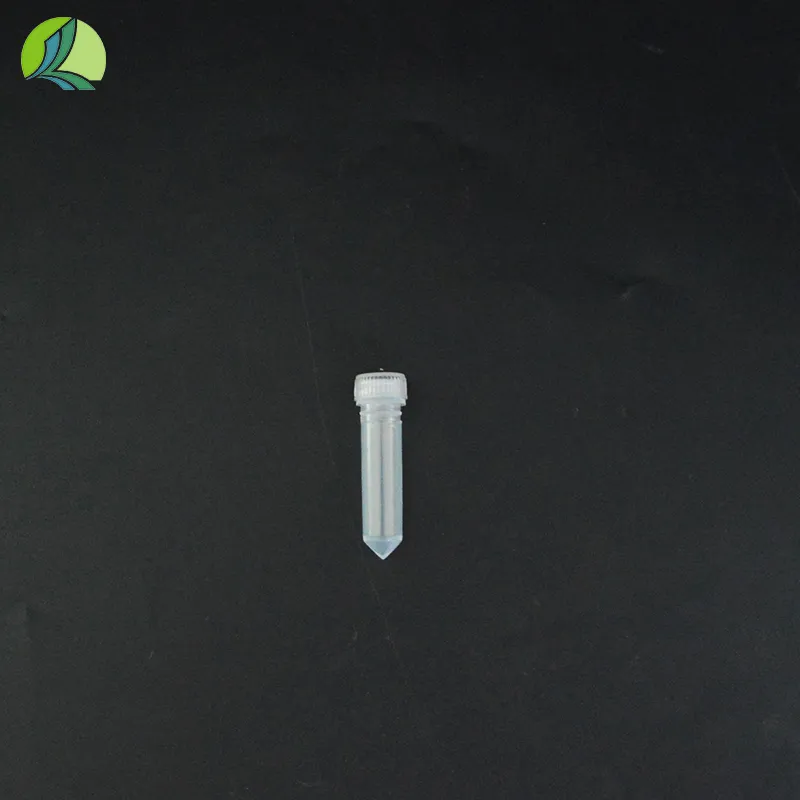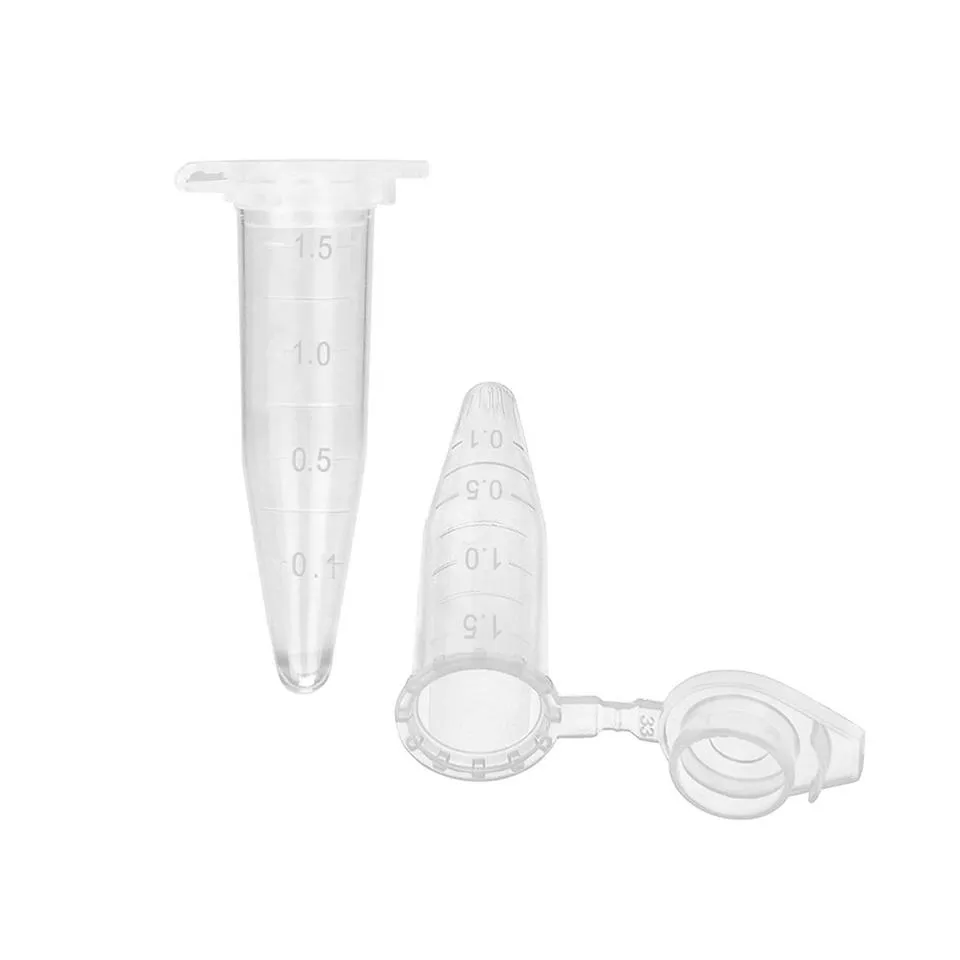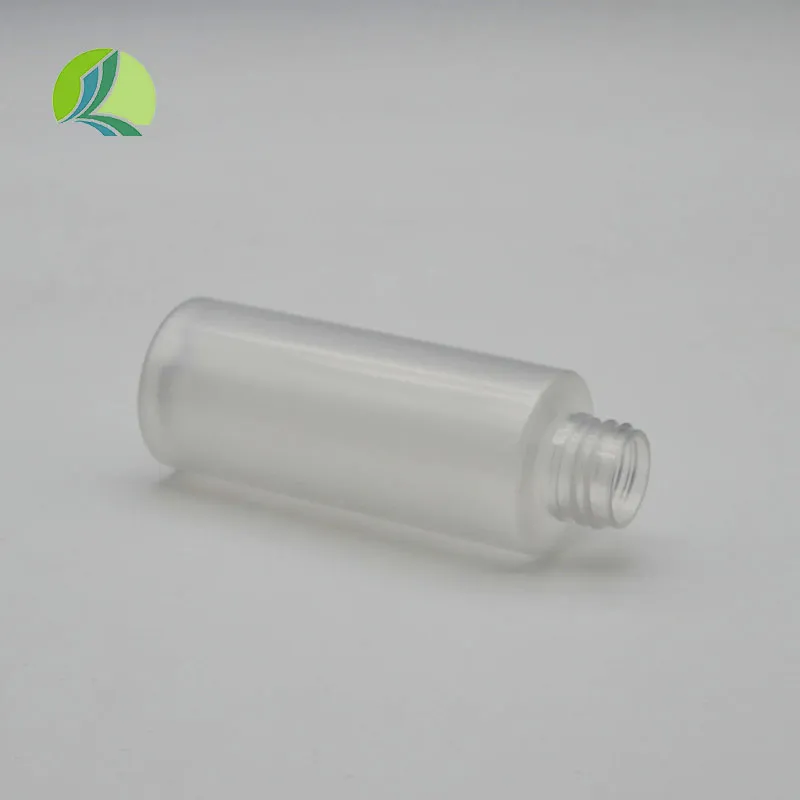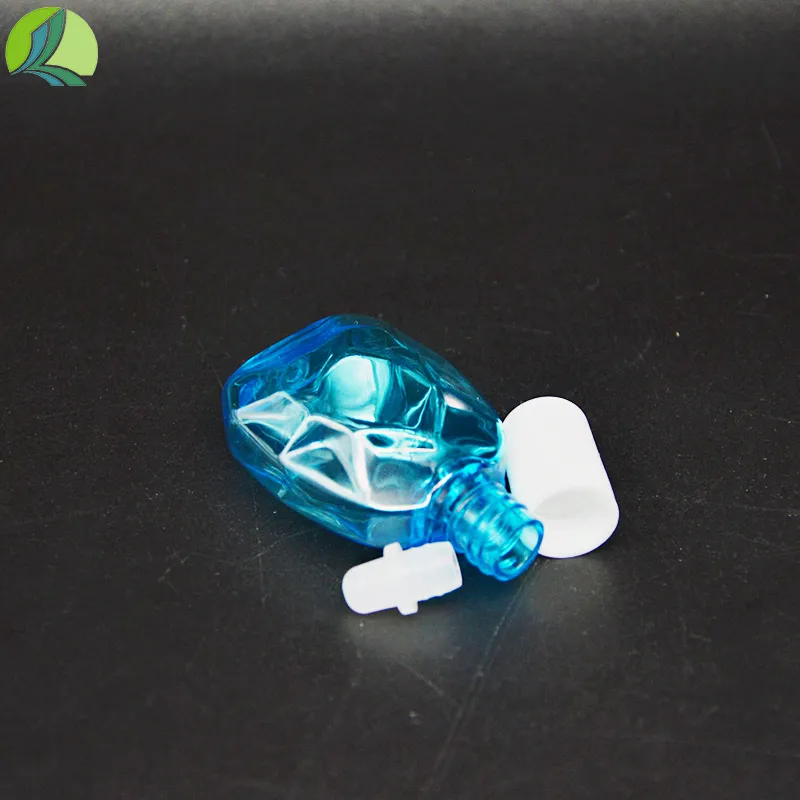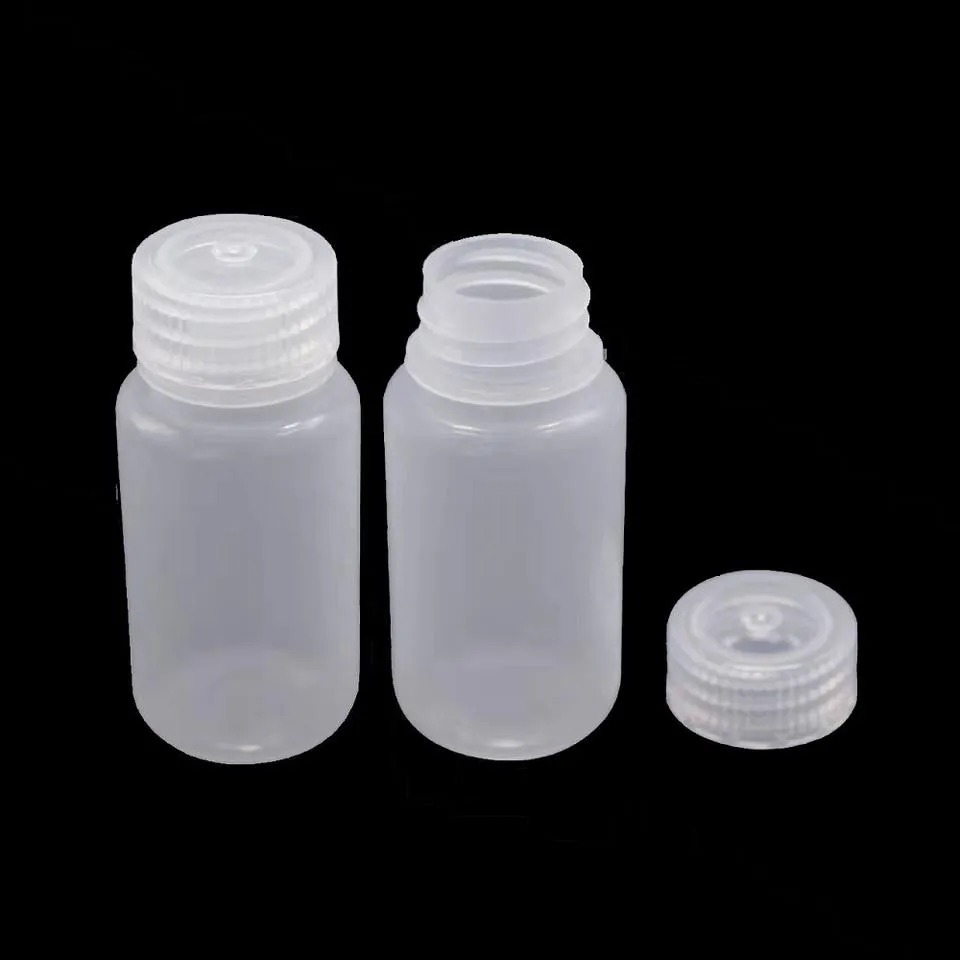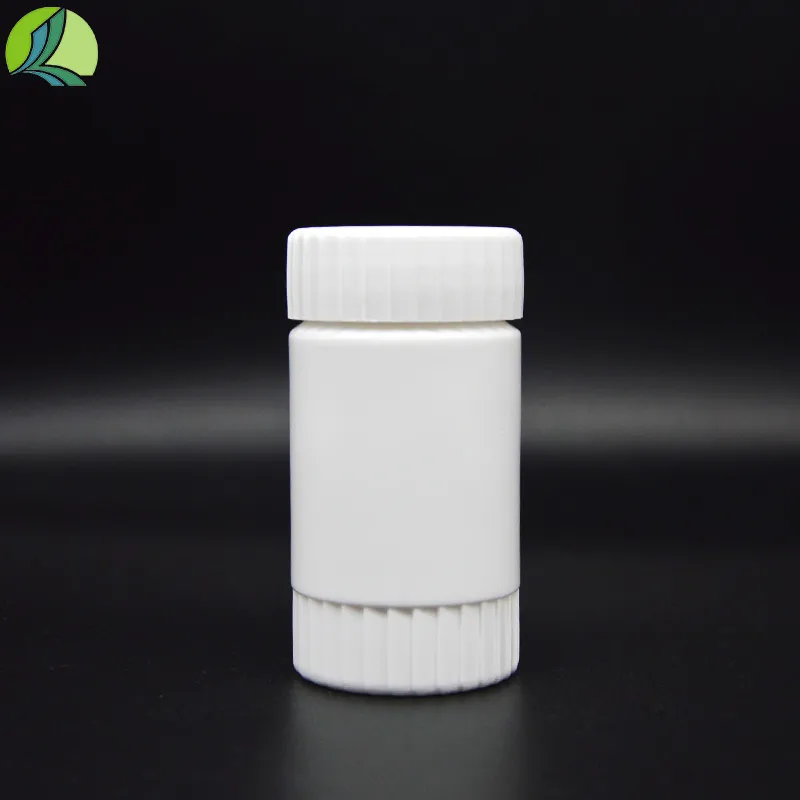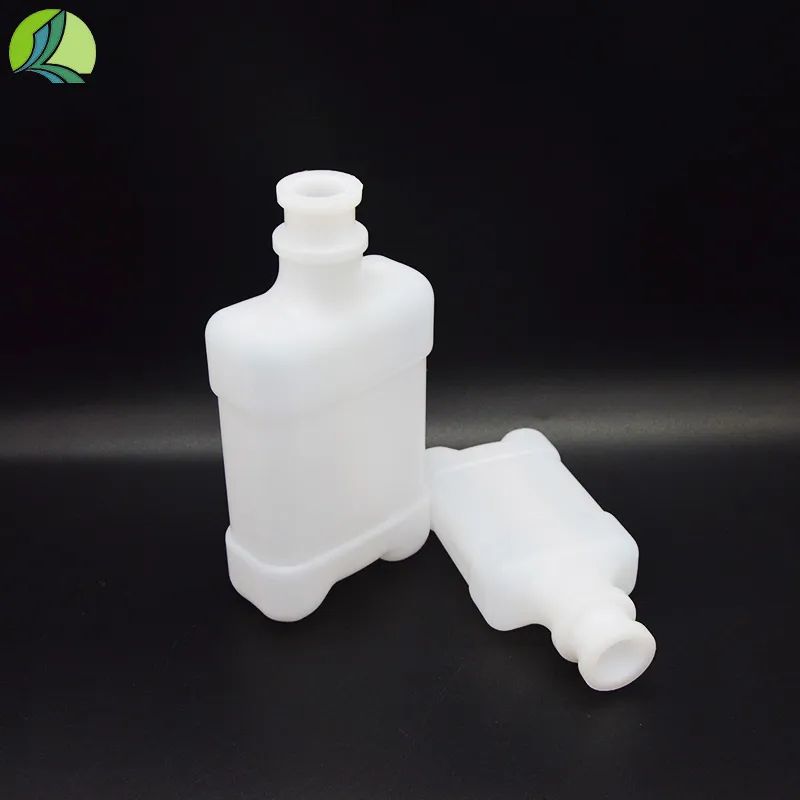
-
 Afrikaans
Afrikaans -
 Albanian
Albanian -
 Amharic
Amharic -
 Arabic
Arabic -
 Armenian
Armenian -
 Azerbaijani
Azerbaijani -
 Basque
Basque -
 Belarusian
Belarusian -
 Bengali
Bengali -
 Bosnian
Bosnian -
 Bulgarian
Bulgarian -
 Catalan
Catalan -
 Cebuano
Cebuano -
 Corsican
Corsican -
 Croatian
Croatian -
 Czech
Czech -
 Danish
Danish -
 Dutch
Dutch -
 English
English -
 Esperanto
Esperanto -
 Estonian
Estonian -
 Finnish
Finnish -
 French
French -
 Frisian
Frisian -
 Galician
Galician -
 Georgian
Georgian -
 German
German -
 Greek
Greek -
 Gujarati
Gujarati -
 Haitian Creole
Haitian Creole -
 hausa
hausa -
 hawaiian
hawaiian -
 Hebrew
Hebrew -
 Hindi
Hindi -
 Miao
Miao -
 Hungarian
Hungarian -
 Icelandic
Icelandic -
 igbo
igbo -
 Indonesian
Indonesian -
 irish
irish -
 Italian
Italian -
 Japanese
Japanese -
 Javanese
Javanese -
 Kannada
Kannada -
 kazakh
kazakh -
 Khmer
Khmer -
 Rwandese
Rwandese -
 Korean
Korean -
 Kurdish
Kurdish -
 Kyrgyz
Kyrgyz -
 Lao
Lao -
 Latin
Latin -
 Latvian
Latvian -
 Lithuanian
Lithuanian -
 Luxembourgish
Luxembourgish -
 Macedonian
Macedonian -
 Malgashi
Malgashi -
 Malay
Malay -
 Malayalam
Malayalam -
 Maltese
Maltese -
 Maori
Maori -
 Marathi
Marathi -
 Mongolian
Mongolian -
 Myanmar
Myanmar -
 Nepali
Nepali -
 Norwegian
Norwegian -
 Norwegian
Norwegian -
 Occitan
Occitan -
 Pashto
Pashto -
 Persian
Persian -
 Polish
Polish -
 Portuguese
Portuguese -
 Punjabi
Punjabi -
 Romanian
Romanian -
 Russian
Russian -
 Samoan
Samoan -
 Scottish Gaelic
Scottish Gaelic -
 Serbian
Serbian -
 Sesotho
Sesotho -
 Shona
Shona -
 Sindhi
Sindhi -
 Sinhala
Sinhala -
 Slovak
Slovak -
 Slovenian
Slovenian -
 Somali
Somali -
 Spanish
Spanish -
 Sundanese
Sundanese -
 Swahili
Swahili -
 Swedish
Swedish -
 Tagalog
Tagalog -
 Tajik
Tajik -
 Tamil
Tamil -
 Tatar
Tatar -
 Telugu
Telugu -
 Thai
Thai -
 Turkish
Turkish -
 Turkmen
Turkmen -
 Ukrainian
Ukrainian -
 Urdu
Urdu -
 Uighur
Uighur -
 Uzbek
Uzbek -
 Vietnamese
Vietnamese -
 Welsh
Welsh -
 Bantu
Bantu -
 Yiddish
Yiddish -
 Yoruba
Yoruba -
 Zulu
Zulu
Understanding Reagent Bottles: Essential Tools for Chemistry and Laboratory Use
A reagent bottle is a vital laboratory container specifically designed for the storage, handling, and transport of chemicals, solvents, and reagents used in scientific experiments. These bottles must meet stringent requirements for chemical resistance, durability, and the preservation of the reagents’ integrity. Depending on the laboratory’s needs, reagent bottles are commonly made from materials such as glass or plastic, each offering unique advantages that make them indispensable in chemistry and related scientific fields.
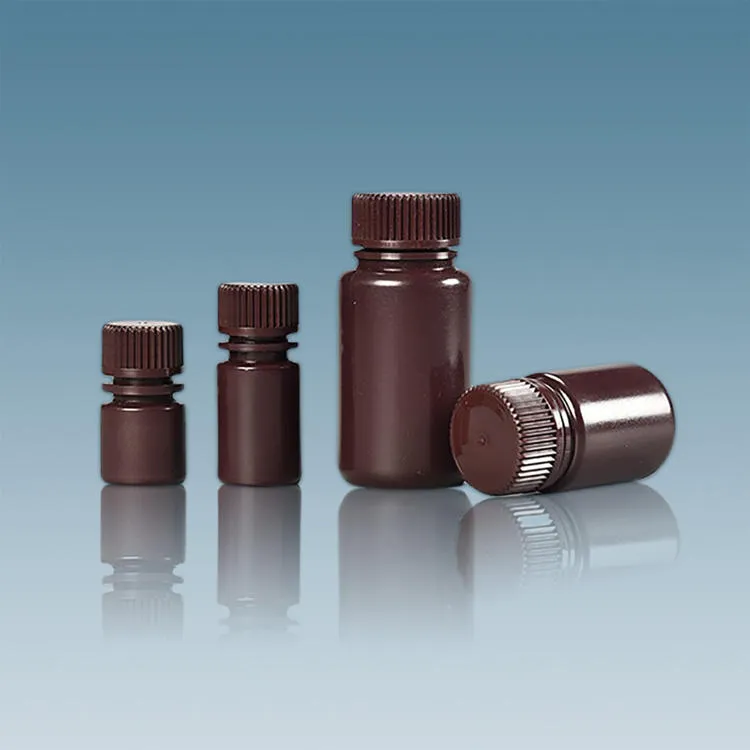
Reagent Bottle Chemistry and Material Considerations
The chemical nature of substances stored in reagent bottles demands containers that resist corrosive or reactive interactions. Glass reagent bottles, especially those made from borosilicate glass, are widely favored in laboratories due to their exceptional resistance to thermal shock and broad chemical inertness. This makes them suitable for storing acids, bases, solvents, and various reagents without risk of degradation or contamination from the container itself.
On the other hand, plastic reagent bottles made from high-density polyethylene (HDPE) or polypropylene (PP) provide cost-effective, lightweight alternatives that also offer strong resistance to many acids, bases, and solvents. Plastic bottles are less fragile than glass, making them ideal for situations where durability and ease of handling are priorities. The choice between glass and plastic often depends on the chemical compatibility with the stored reagent, budget constraints, and specific laboratory protocols.
Common Uses of Reagent Bottles in Laboratories
The primary function of reagent bottles is the secure storage of chemical reagents, ensuring their stability and preventing contamination or evaporation. Laboratory personnel use these bottles to hold substances ranging from small-volume reagents to larger quantities needed for experiments.
Many reagent bottles are fitted with tight-sealing caps or stoppers that create an airtight environment, crucial for preserving volatile or moisture-sensitive reagents. Some designs include graduated markings to facilitate precise measurement and dispensing, which is essential for experiments that require accurate chemical quantities.
Beyond storage, reagent bottles facilitate the safe handling and transfer of chemicals within the lab. Their chemical resistance prevents reactions between the container and the reagent, maintaining purity and safety during usage. Proper labeling on reagent bottles is vital to ensure correct chemical identification, concentration details, and safe handling instructions, minimizing risks during laboratory operations.
Types of Reagent Bottles and Laboratory Apparatus
Reagent bottles come in a variety of sizes and designs tailored to the diverse requirements of scientific work. Small vials may be used for storing minute quantities of expensive or highly reactive chemicals, while larger bottles accommodate bulk reagents frequently used in daily laboratory procedures.
In addition to standard reagent bottles, laboratories often use specialized containers designed for particular purposes, such as amber bottles that protect light-sensitive chemicals from degradation. The material and design of reagent bottles form part of the broader category of laboratory apparatus essential for accurate and safe experimentation.
These bottles are often paired with accessories such as dispensers, droppers, or pipettes to aid in the controlled application of reagents during experiments. The versatility and adaptability of reagent bottles make them foundational tools in any chemical laboratory setting.
Ensuring Safety and Accuracy with Reagent Bottles
Safety is paramount in laboratories, and reagent bottles play a critical role in this regard. Their construction from chemically resistant materials minimizes the risk of leaks or reactions that could harm personnel or compromise experiments. Sealing mechanisms prevent the escape of toxic or volatile chemicals, while proper labeling reduces the risk of misidentification.
Accurate experimental results rely heavily on the correct use of reagent bottles. Graduated markings and compatible dispensing accessories support precise measurement and transfer of chemicals. Routine inspection and maintenance of reagent bottles help detect any damage or contamination, ensuring they continue to meet safety and performance standards.
By combining material science, design, and proper laboratory protocols, reagent bottles contribute significantly to the safe, accurate, and efficient operation of chemistry labs.
Reagent Bottle Manufacturer FAQs
What materials are commonly used for reagent bottles in chemistry labs?
Reagent bottles are typically made from borosilicate glass for high chemical and thermal resistance, making them ideal for harsh reagents. Plastic options include high-density polyethylene (HDPE) and polypropylene (PP), which are lightweight, durable, and resistant to many acids and solvents. The material choice depends on the reagent's chemical properties and laboratory requirements.
How do reagent bottles maintain the integrity of stored chemicals?
Reagent bottles use tight-sealing caps or stoppers to create airtight conditions that prevent contamination, evaporation, or moisture ingress. Chemical-resistant materials prevent reactions between the bottle and contents, preserving reagent stability. Proper labeling ensures correct identification and handling, reducing the risk of accidental misuse or degradation.
What sizes and designs are available for reagent bottles?
Reagent bottles vary widely in size—from small vials for precious or reactive chemicals to large containers for bulk reagents. Designs may include clear or amber glass to protect light-sensitive substances, and some bottles feature graduated markings for precise measurement. Caps and closures are chosen based on chemical compatibility and safety needs.
Why is labeling important on reagent bottles?
Labeling is crucial for safety and accuracy. It provides information about the chemical identity, concentration, hazard warnings, and handling instructions. Clear labeling prevents dangerous mix-ups, ensures compliance with regulatory standards, and helps laboratory personnel manage chemicals safely and efficiently.
Can reagent bottles be reused safely in the laboratory?
Yes, reagent bottles can be reused if properly cleaned and sterilized according to laboratory protocols. Glass bottles are easier to clean and less likely to degrade with repeated use. Plastic bottles may degrade over time or react with certain chemicals, so their reuse depends on the material type and the reagents stored. Laboratories must follow strict procedures to ensure reused bottles remain safe and contamination-free.
-
The Essential Role of Plastic Vaccine Vials in Modern HealthcareNewsJul.29,2025
-
The Essential Guide to Plastic Medicine Bottles: Safety, Manufacturing, and ApplicationsNewsJul.29,2025
-
Spray Bottle: A Versatile Tool for Everyday UseNewsJul.29,2025
-
Screw Cap Reagent Bottles: Reliable Storage Solutions for Laboratory UseNewsJul.29,2025
-
Reliable Medicine Bottles: Ensuring Safety and Convenience in Medication StorageNewsJul.29,2025



